
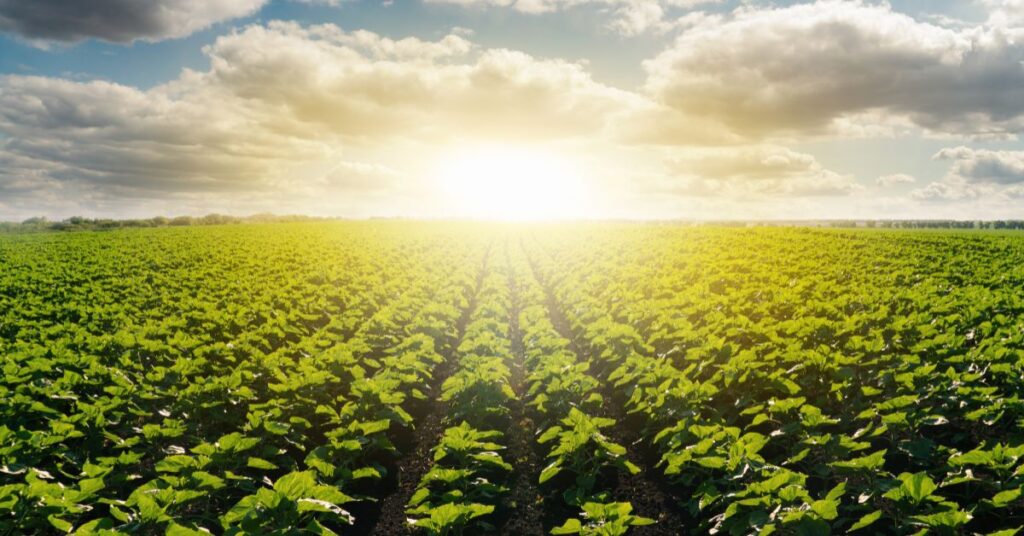
The United Nations biodiversity summit, known as COP15, ended in December 2022 with the nearly 200 participant nations pledging to protect at least 30% of Earth’s land and oceans for wildlife by 2030.[1] This year 44 countries submitted revised national biodiversity strategies and action plans, and 119 parties uploaded their national targets. These plans will be the basis for the first national reports due in 2026. This commitment is part of an effort to combat the ongoing biodiversity crisis, which has led many to conclude we are currently entering and experiencing Earth’s sixth mass extinction event. Unlike the previous five extinction events, the current one (known as the Holocene or Anthropocene extinction) is caused by the activity of a single species—humans.
This landmark agreement is the largest to date and will require large-scale land use changes and increased efforts to protect biodiverse regions around the world.
Global species assessments paint a dreary picture of biodiversity loss, a crisis that is only beginning to gain more widespread attention. Globally, there has been a roughly 73 percent reduction of all biodiversity in less than 50 years; this is a catastrophic decline with potentially huge ramifications.[2] A further 40.7 percent of amphibians, 25.4 percent of mammals, 13.6 percent of birds, and 21.1 percent of reptile species are threatened with extinction globally.[3] This biodiversity loss is a consequence of large-scale land use changes as we have transitioned natural ecosystems to serve human needs and desires. Already humans have significantly altered roughly 75 percent of Earth’s ice-free land,[4] polluting the majority of its oceans and waterways in the process[5] and destroying more than 85 percent of wetlands worldwide.[6] Biodiversity is in a precarious state. If we are going to protect areas in which wildlife can thrive again, urgent action is required.
How has life on Earth reached such a state, and what can we do to increase biodiversity and reverse these trends? The famous naturalist E.O. Wilson noted that biodiversity was directly related to the size of the accessible habitat. When reserves grow, diversity increases, and vice versa. This correlation can be mathematically modeled to a predictable degree. When 90 percent of the habitat is removed, biodiversity is halved. This is the case in many species-rich locations where we are quickly removing habitat, thereby lowering the number of species that can persist. Conversely, if we were to conserve half the planet for wild habitats, it would protect over 85 percent of species worldwide. This has led many scientists to advocate that half of the Earth should be protected and conserved for wildlife.[7] While the goals outlined recently at the UN Biodiversity Summit fall short of these targets, they are an important step in that direction, and they recognize that humanity must urgently work to protect biodiversity and the habitat they require.
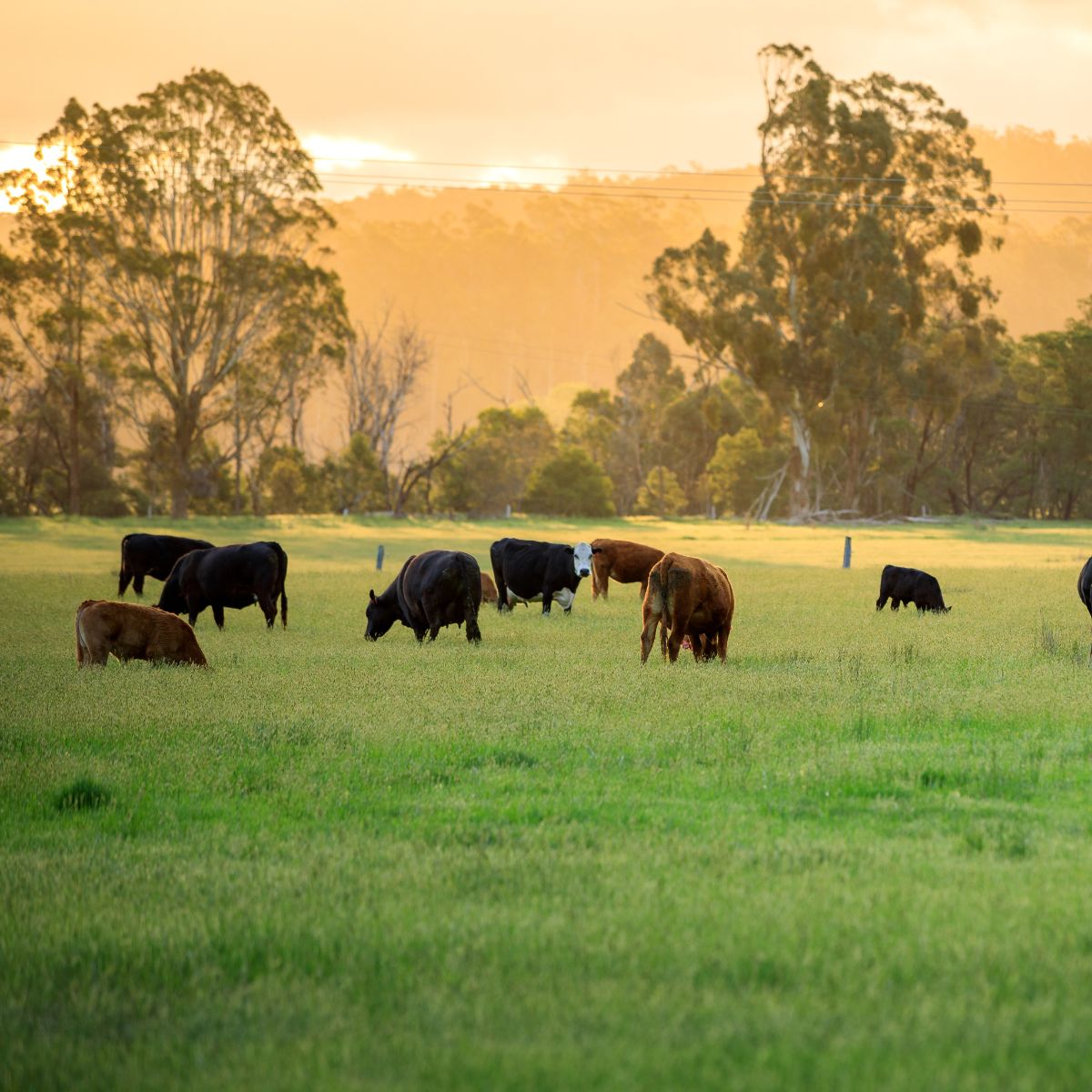
To better understand how to reach these goals, scientists have been attempting to quantify how land is currently used to find inefficiencies. By minimizing these inefficiencies, we can theoretically return the land to more wild and natural states where biodiversity can thrive.
When it comes to reducing land use inefficiencies, agriculture is the perfect place to start. Agriculture occupies 50 percent of all habitable land around the world. Of the 51 million square kilometers used for agricultural production, 77 percent is for the production of livestock, with the remainder occupied by crops grown for direct human consumption. In turn, the 40 million square kilometers used for meat and dairy production supplies only a meager 18 percent of the global calorie supply, with the remaining calories coming from plant-based sources.[8]
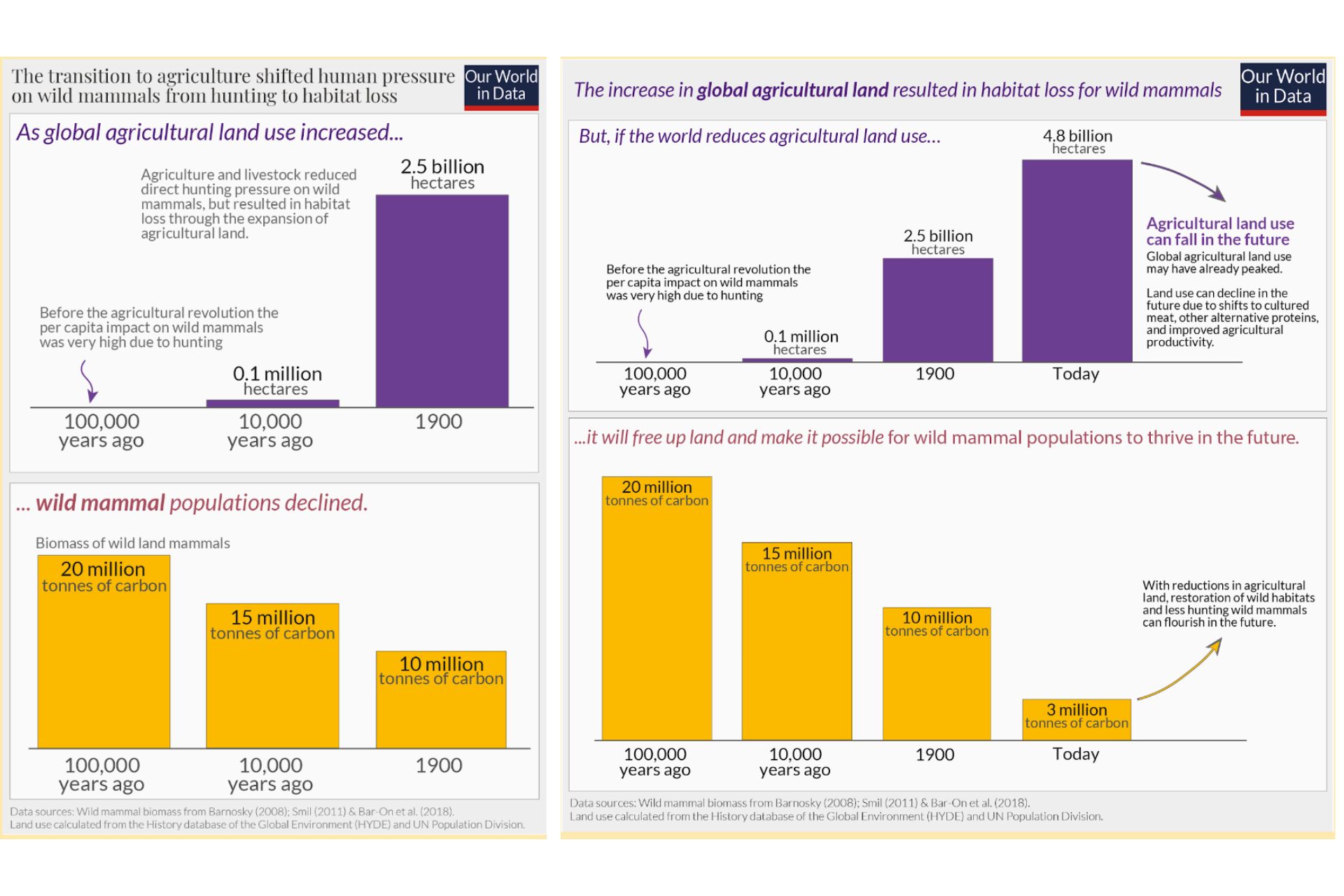
Said another way, less than 12 percent of habitable land supplies 82 percent of the global calorie supply. This means if there was a transition to entirely plant-based diets, we could conserve 50 percent of all habitable land, promoting wildlife and biodiversity without reducing our ability to feed the world. Better yet, whole food, plant-based (WFPB) diets promote healthier outcomes while reducing the incidence of chronic diseases and lifestyle-related illnesses affecting more than half of Americans today.[9]
These ratios of land use and production represent staggering inefficiency, which results in the needless destruction of habitats. As agriculture expanded and encroached into wildlife habitats, the number of wild mammals shrunk rapidly. Today, only 2 percent of terrestrial mammals are wild, and livestock are so prevalent that they outweigh all wild mammals on Earth by a ratio of 15 to 1.[10] These agricultural land use changes are responsible for roughly 70 percent of biodiversity loss[11] and 90 percent of global deforestation.[12]
We cannot continue to produce livestock at these scales if we want to preserve biodiversity. Without changing food consumption patterns to favor sustainable plant-based diets, 50 percent of the habitable terrestrial planet will be relegated to livestock production.
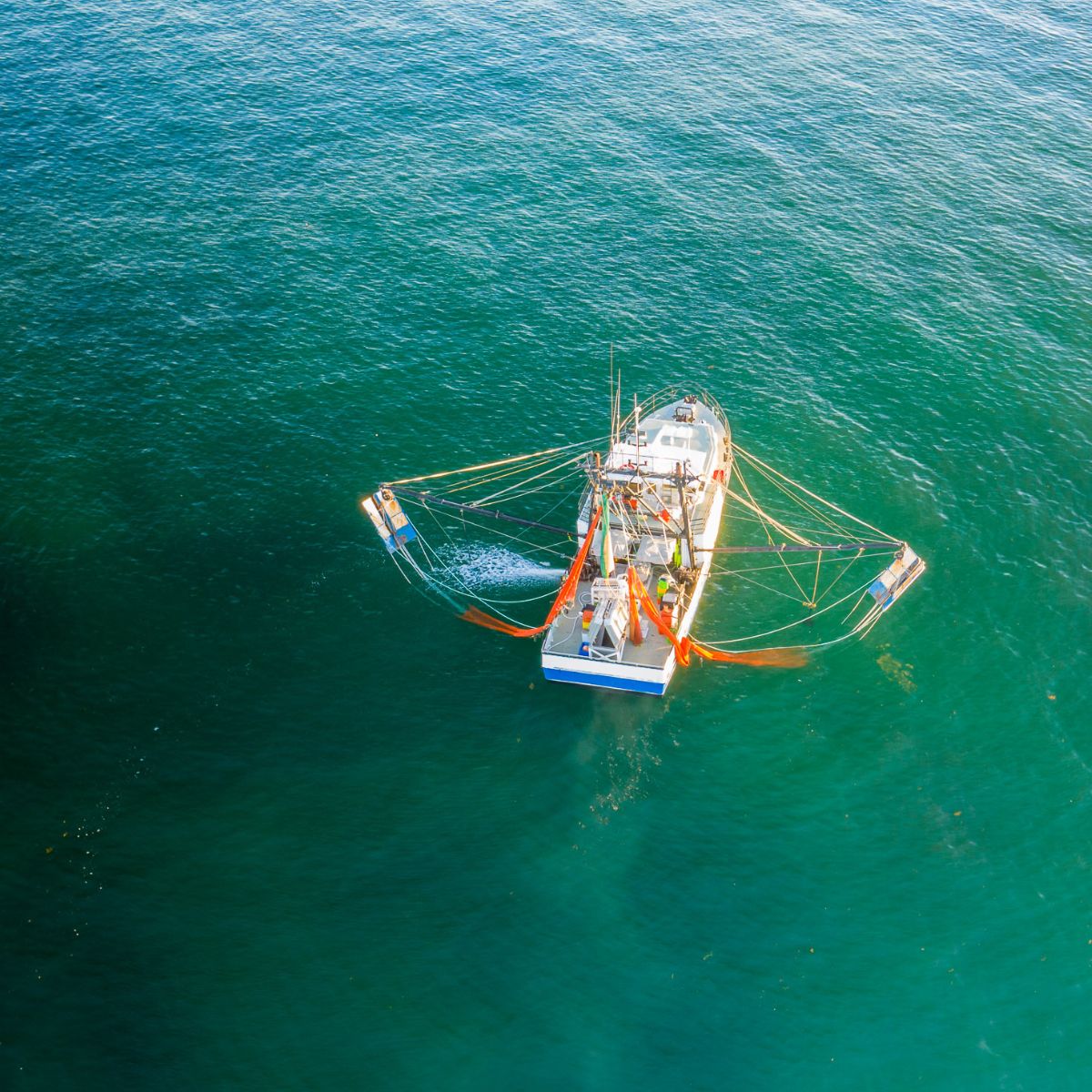
Agriculture is also one of the leading causes of destruction for oceanic ecosystems. Recent reports show that over ⅓ of all marine mammals and ⅓ of shark species and reef-forming corals are threatened with extinction, with the main causes related to fishing and aquaculture.[13][14] The number of wild-caught fish has plateaued since the early 1990s. The vast majority of the expanding fish production comes from aquaculture (fish farming), which has been the fastest-growing area of food production worldwide for decades.[15] Today, nearly half the fish consumed worldwide are raised in artificial environments. The oceans cannot support humanity’s growing global appetite for seafood, so fish are now more commonly farmed than wild-caught.
Aquaculture and terrestrial agriculture fuel the growth of hypoxic dead zones—areas where oxygen levels are so low that virtually no complex life can survive. There were only around 50 identified dead zones in the 1960s; today, as a consequence of nutrient pollution, there are over 700 of these zones around the world. The largest dead zone (6,334 square miles) lies in the Gulf of Mexico and is fed by the confluence of agricultural pollution from the Mississippi River.[16]
With the proliferation of aquaculture and dead zones, scientists have been attempting to study the impact of ocean conservation to better understand the capacity for aquatic ecosystems to rebound in protected environments. Reports demonstrate that marine ecosystems are more resilient than previously assumed. Fish populations rebound at fast rates, but there is an important caveat—the capacity for aquatic ecosystems to recover depends on the type of reserve. Not all marine protected areas are equal. Some are open to fishing during certain parts of the year, while other no-take areas permit no fishing at all.
In no-take marine reserves where no extractive activities are permitted, fish populations have shown incredible resiliency, rebounding and growing rapidly to levels not found anywhere else where fishing is allowed. A study from Mexico showed a 463 percent increase in fish biomass in just 12 years, a massive increase that few ever believed possible. Notably, predatory species increased dramatically and fish behaviors changed unexpectedly. This is in contrast to reserves where some fishing was allowed and fish biomass showed no significant increases.[17] Another meta-analysis found that no-take marine reserves resulted in increases in biomass at a rate 670 percent greater than in adjacent unprotected areas and 343 percent greater than in partially protected areas.[18]
With the success of no-take marine protected areas, it is apparent that more reserves are necessary. Today, only seven percent of the ocean is designated as “Marine Protected Areas,” with just 2.7 percent in strongly protected no-take areas.[19]
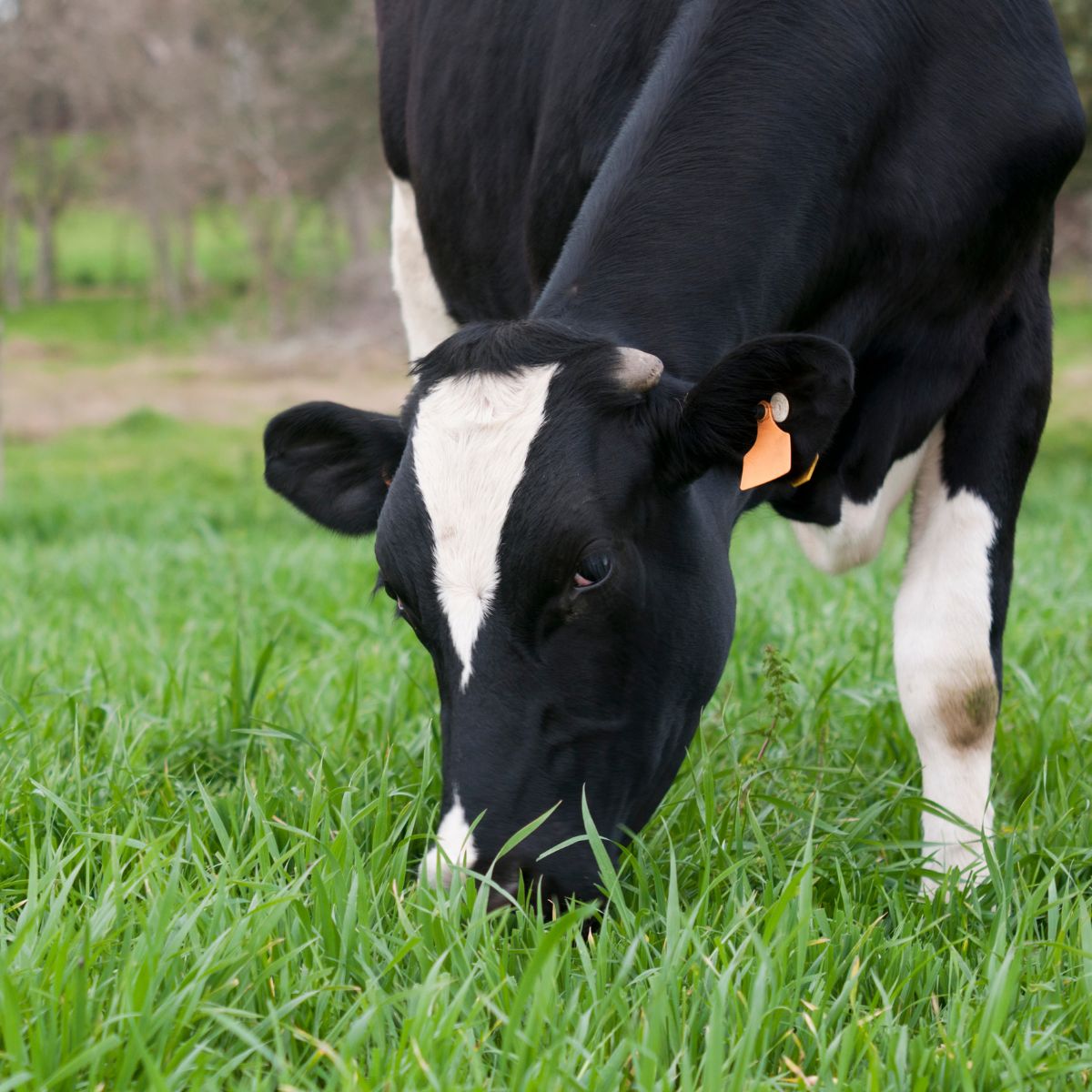
As more people have become aware of the damaging environmental effects of producing livestock and animal products, many have made a concerted effort to brand free-range livestock products as more healthful and sustainable.
This argument often centers around holistic grazing practices, which can reduce the net carbon emissions from free-range livestock production. However, there are several flaws with this reasoning, especially when you compare the benefits of free-range livestock to the benefits of rewilding agricultural lands.[20]
More important for biodiversity, free-range livestock requires even more land than the already-inefficient livestock production described above. To supply the current amount of animal protein from free-range sources would require an estimated 2.5 times the current landmass utilized for livestock.[21] This is simply impossible. There is not enough land on this planet to support current consumption rates if we transition to free-range systems.
I’ve written previously on the subject of free-range meat. You can read that article here to learn more.
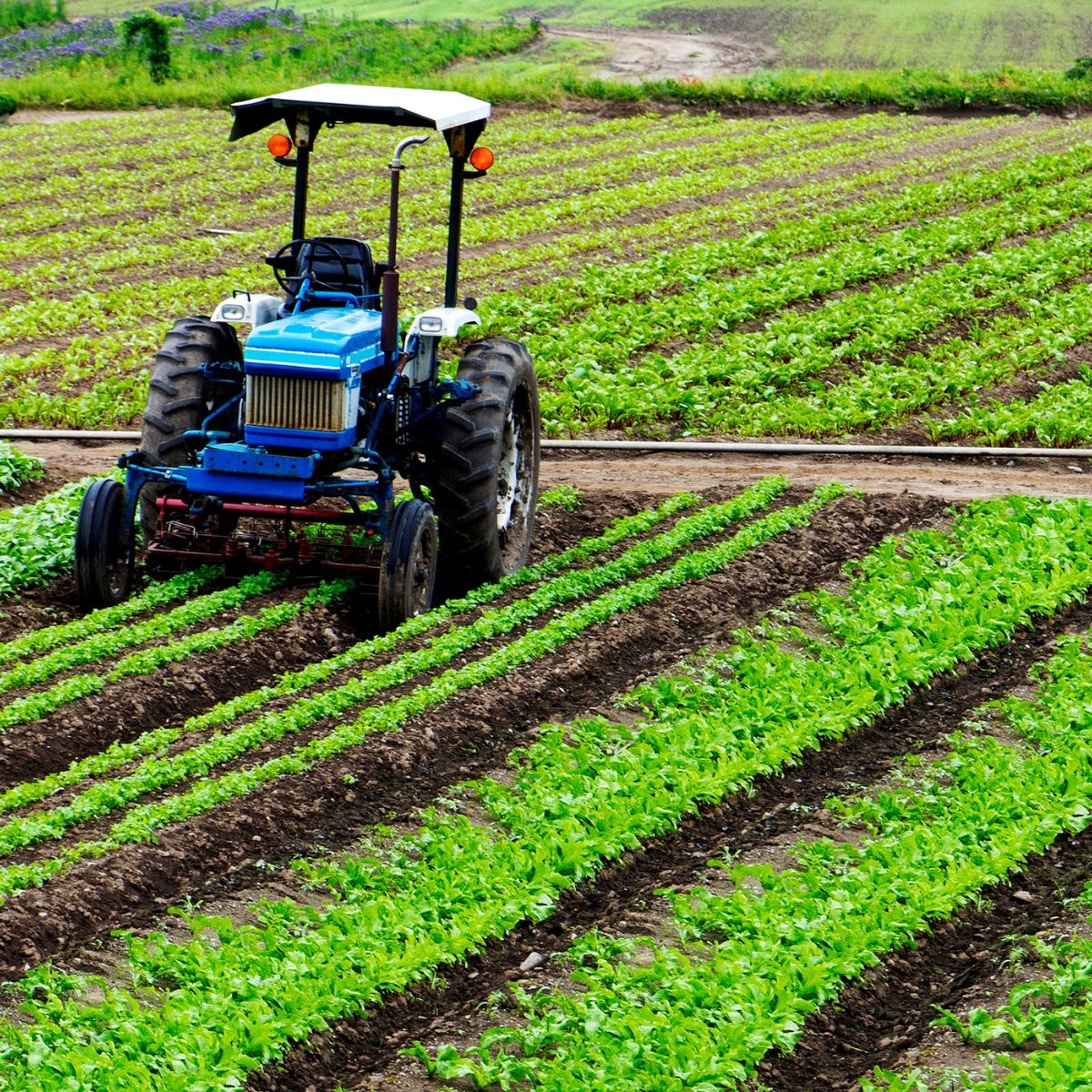
Agriculture is one of the most impactful activities humans have ever undertaken. The land use changes resulting from agricultural expansion have fueled habitat loss and environmental degradation on mind-numbing scales. Yet the same qualities which have made agriculture so environmentally destructive could be rethought and reimagined. The same logic driving agriculture’s outsized contribution to environmental degradation can be turned on its head, making food production an act of conservation benefiting the world.
To reach the goals laid out by scientists like E.O. Wilson—to have half of the Earth’s surface under conservation—there will have to be a concerted effort to integrate conservation into agriculture more tangibly. Fortunately, many visionaries are working on rekindling agricultural practices that work in tandem with natural processes to grow food in ways that foster soil regeneration and habitat growth while requiring no dangerous pesticides or fertilizers. Many of these practices are grounded in indigenous knowledge and have sadly been lost or forcibly repressed. Today, only 5 percent of people are considered indigenous, yet they steward and protect over 80% of the world’s biodiversity.[22] Integrating these voices and protecting indigenous rights will be critical to conserving the remaining biodiversity and transitioning agriculture to be more sustainable.
The regenerative agricultural movement will continue to grow and thrive, but we must take a broad, holistic approach. We must recognize the importance of integrating conservation and agriculture while also recognizing the connections between animal consumption and the related land use changes which have fueled climate change and the ongoing biodiversity crisis.
Based on archeological records, scientists estimate that it takes roughly 100 million years for biodiversity to return and thrive following a mass extinction event.[23] Humans have only been around for roughly 200,000 years, so it’s difficult to imagine the world in 100 million years. While life will eventually return in some form or another, the question facing us now is critical to our existence. Agriculture will be central to our response, but can we implement changes fast enough to save the planet’s biodiversity and ultimately ourselves?
Copyright 2025 Center for Nutrition Studies. All rights reserved.